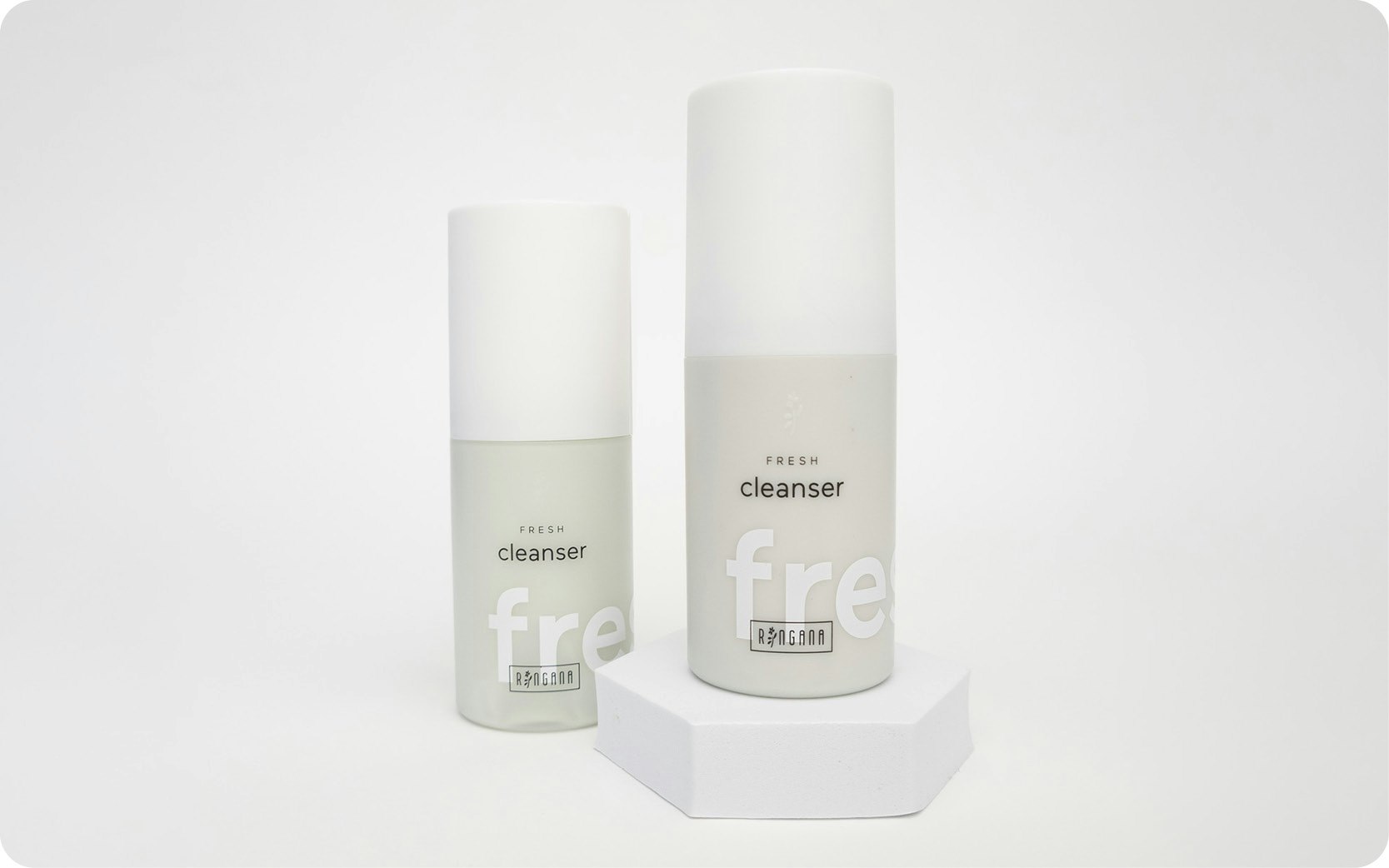We work ceaselessly to design our packaging in such a way that it guarantees the best product protection, uses a few resources as possible, looks great and, very importantly, offers you a fantastic product experience. We are therefore delighted to inform you that over the coming months we will be gradually switching our entire range of plastic airless packaging to PCR material. Which means that all of our plastic-airless packaging will be fit for 2025! You may well still have some questions about this, so we’d like to go into the subject in more detail, and explain PCR material, the link with sustainability, and the European Packaging Directive.
What does PCR mean?
PCR stands for POST-CONSUMER RECYCLED and it means that a material has already been recycled before.
What does “Fit for 2025” mean?
The European Packaging Directive specifies that 30% of primary packaging must be made of recycled material. Our plastic airless packaging consists of a cap and the bottle. Since the cap is made of 50% PCR material and the new bottle is now 20% PCR, we meet that requirement. We decided on 20% for the bottle because we discovered that if we use more PCR, the bottle is no longer transparent, so users can’t see how much is left in it. In future, greater transparency will be possible by means of improved sorting techniques, and we can then increase the amount of PCR material in our bottles. We also aim to increase the percentage in the caps. That’s why we’re constantly on the hunt for technical improvements that will make this possible.
In what way is the PCR bottle more sustainable than before?
By using PCR material, materials that have already been used before are put to work again, removed the need to acquire fresh resources.
What changes for customers?
Nothing changes. As before, the bottle should be emptied fully, and then placed in the plastic waste bin together with the pump and the cap. Because of our bottle design and the minimal printing on it, it’s very likely that our PCR bottles will be turned into new PCR bottles.
Is the colour of the bottles the same?
No. PCR material always varies from lot to lot – you’ll never get the same colour all the time. This means that residual colours and/or granulates of other colours may get into the PCR material. As a result, you can expect a colour range from light beige to grey, and there may also be hints of darker colour. There are sample tolerances that may not be exceeded or undercut and/or there are also limits on the size and number of colour inclusions that may not be exceeded.



 Voriger Artikel
Voriger Artikel Zur Übersicht
Zur Übersicht 